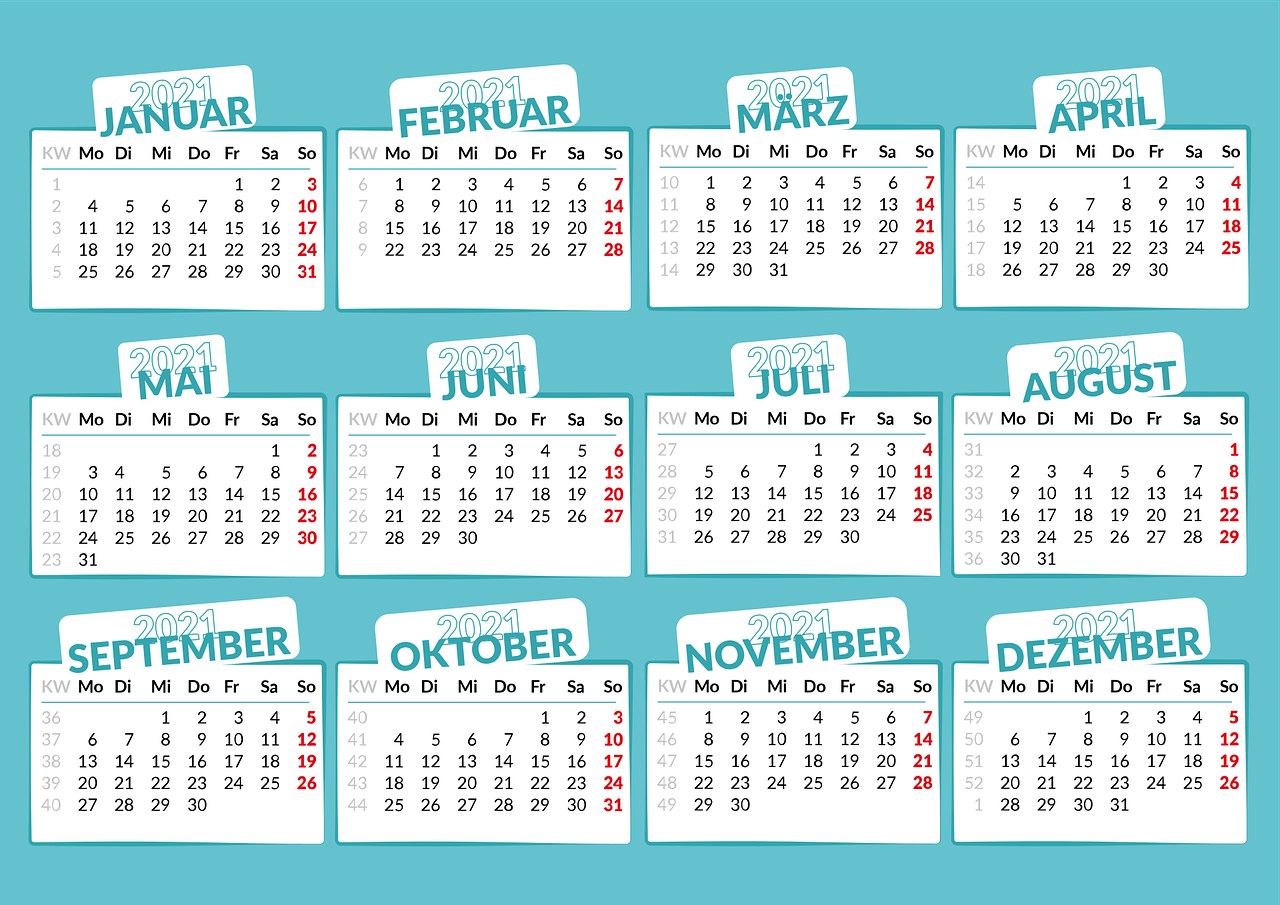Blogging is a highly popular activity in the world of digital marketing, recognized by many who value maintaining an online presence.
A blog focuses on a specific topic and provides answers to user queries, and the quality of your writing will determine how much time visitors spend on your website.

If you are interested in learning more about this subject, you are in the right place – in the following text, we will explore how to write a quality blog article and highlight its importance.
Keywords in the text increase your article’s visibility on Google search
- Why start with keywords?
The reason it is essential to research keywords and their search volume before writing is to determine what people are genuinely interested in.

Use Google Keyword Planner or another tool to find out the level of user interest in your intended topic. If you choose a topic that is relevant or answers useful questions, you will attract more readers and increase visits.
Select one main keyword, place it in the title, and distribute it an optimal number of times throughout the text. Search engines will appreciate this and may push your article up to the first page of search results.

It is also important to find other relevant terms that can appear in the text as answers to secondary questions, though their frequency should be lower.
Text structure has multiple positive effects
Structuring the text plays a significant role for both readers and search engines.

First, put yourself in the shoes of someone looking to read useful content, gain knowledge, and learn something new. You type your query into a search engine and naturally open a few of the first articles.
I assume you gravitate toward those articles that appear visually organized – that is, those with a quality structure.

- What exactly does this mean?
Structuring means that, in addition to writing the main headline at the very top, you should also create meaningful subheadings to form smaller sections that together make sense.
You will agree that this is a much better writing style than simply stacking sentences one after the other, creating an overwhelming block of text.
On the technical side, this style also helps search engines quickly understand your content through subheadings (where the main keywords should also be placed).
If you do this properly and the crawler recognizes your SEO-friendly blog post, your chances of ranking higher in search results will increase.
Speaking of the visual appeal of content, let’s move on to the next section!
Readability and engaging flow supported by verified information
Structuring the text with headings and subheadings is closely related to offering readers a clear layout, but this should be complemented with a few more elements:
- bolding important words;
- using original forms of foreign terms;
- varying paragraph length;
- correct grammar and spelling.
Bolding words allows readers to quickly scan the text and decide whether to read it in full. With the vast amount of information available online, people are often overwhelmed and lack the time to read every article entirely – skimming has become a common habit.
Avoid making every paragraph look the same, as this can be visually tiring no matter how interesting the content is.
Break up standard paragraphs of four to six lines with shorter, one-line segments, and format lists with bullet points to make them stand out more.
Once you have completed these steps, read the text again, check for spelling and typing errors, and fix any inconsistencies – these can happen to anyone.
Content is as important as form
As a blogger, you must understand that content and form are two sides of the same coin – neither should suffer at the expense of the other.
Structuring the article so it looks appealing to readers is important, but it is useless if the content itself is unclear, unverified, or incomprehensible. The average internet user wants answers to their questions, not lengthy walls of text filled with jargon.
Of course, you should avoid extremes – simply understand who you are writing for and define your target audience.
Create a mental profile of a few average representatives of your target audience and tailor your writing accordingly.
Key characteristics to consider when forming reader profiles include:
- age;
- education level;
- gender;
- interests;
- other socio-demographic factors.
Content that is both easy to read and informative, backed by reliable sources, will be the right answer for your audience!
Linking and adding value to other pages on the site
Well-written blog posts encourage website visitors to explore other topics you have covered or guide them toward products you offer.
You can do this by linking certain words, clearly indicating where a click will lead. For example, if you have written about car maintenance, it makes sense that readers may also be interested in how to polish a vehicle – a single link can take them to that article and keep them on your site longer.
When you provide valuable information, you gain the reader’s trust and position yourself as someone who understands the field – this makes it easier to sell products or services.
This was just one clear example, but it should give you a better idea of the business role of blogs.
A blog section is therefore a valuable part of any website, making it ideal for ongoing content marketing strategies.
These are just some of the small secrets of digital marketing you should know before stepping into this vast world. If you need help, a professional digital marketing team can provide guidance and support.
We hope you found this article useful and engaging. For more interesting content, browse through our other blog posts. If you require digital marketing services, feel free to contact our team.






0 Comments